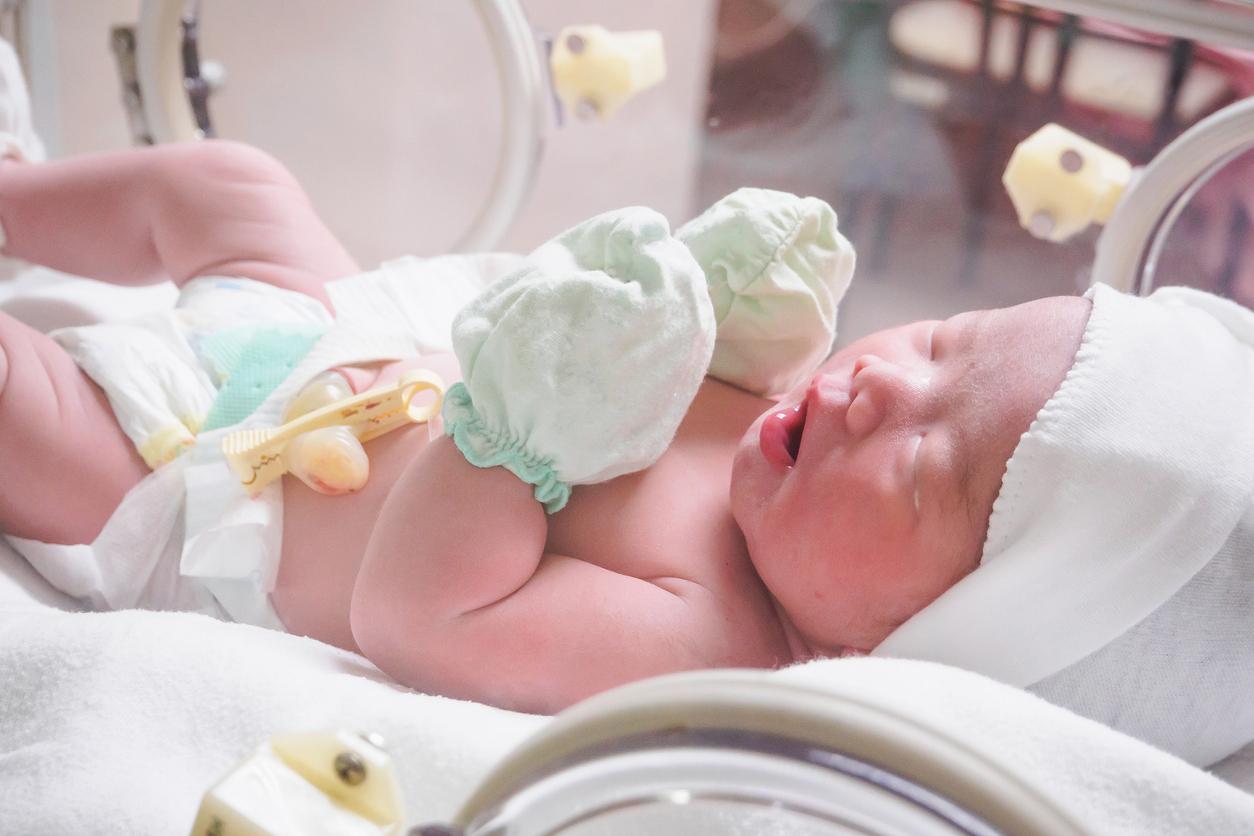The results of a large international study indicate that postnatal antibiotic use is disproportionate compared with the burden of early-onset sepsis (EOS), researchers reported last week in JAMA Network Open.
The observational study, which included late-preterm and full-term newborns in hospital networks in 11 countries, found that nearly 3% were started on intravenous (IV) antibiotics in the first week after birth because of concerns about EOS, which is a leading cause of morbidity and mortality in infants. But the overall incidence of culture-proven EOS was less than 1 per 1,000 live births, and deaths were rare.
The authors of the study say the findings suggest antibiotic use in newborns can be safely reduced, which in turn could decrease the risk of antimicrobial resistance (AMR) and unwanted disruptions to the developing microbiome.
Antibiotic exposure, EOS incidence
To quantify antibiotic exposure and EOS incidence in late-preterm and full-term neonates during the first postnatal week, researchers with the Antibiotic Exposure for Suspected Neonatal Early-Onset Sepsis (AENEAS) study examined electronic health record and microbiologic data from 13 hospital networks in Western Europe, North America, and Australia. A network was defined by use of a common strategy for preventing and managing suspected EOS.
EOS occurs when newborns are infected by bacteria acquired from the mother, either in utero or during birth, and it typically presents within 72 hours after birth. Common EOS pathogens include Group B Streptococcus, Escherichia coli, and coagulase-negative Staphylococcus. Because EOS can evolve rapidly and be life-threatening, antibiotic initiation within the first few days of life is considered critical.
The study cohort included all neonates born alive at a gestational age of 34 weeks or later from 2014 through 2018 and treated with IV antibiotics for any reason within the first postnatal week. The primary outcomes were antibiotic exposure and duration, incidence of culture-proven EOS, and mortality in different networks.
A total of 757,979 late-preterm and full-term neonates were born in the networks during the study period, with 21,703 (2.86%; 95% confidence interval [CI], 2.83% to 2.90%; 59.4% boys) receiving IV antibiotics during the first week after birth. The proportion of newborns receiving antibiotics ranged from 1.18% in Sweden to 12.45% in Australia.
The median duration of antibiotic treatment was 9 days for newborns with EOS and 4 days for those without EOS, resulting in a median antibiotic exposure of 135 antibiotic days per 1,000 live births (range across networks, 54 to 491 days per 1,000 live births).
EOS was diagnosed in 375 newborns overall, for an incidence of 0.49 cases per 1,000 live births (95% CI, 0.45 to 0.55 cases), ranging from 0.18 in the United States to 1.45 in Italy. For each case of EOS, 58 neonates were started on antibiotics, and 273 antibiotic days were administered.
The all-cause mortality rate was 3.20% (12 of 375 newborns; 95% CI, 1.70% to 5.50%) in children with EOS, and 1.6% (227 of 21,328 newborns; 95% CI, 0.93% to 1.21%) in children without EOS.
"Given the relatively low incidence of EOS and sepsis-associated mortality in late-preterm and full-term newborns, the burden of treatment is disproportionate to the burden of disease," the authors wrote.
Need for antimicrobial stewardship in newborns
Antibiotics are commonly prescribed in neonatal units. But the study adds to the growing body of evidence that newborns are exposed to more antibiotics than necessary, which can promote AMR. Research also suggests that neonatal antibiotics are associated with longer hospital stays and mother-newborn separation and that antibiotic disruption to the infant microbiome may have long-term health impacts.
The authors say that given their findings, along with the decline in EOS incidence in late-preterm and full-term newborns over the last few decades, the rising concern over AMR, and the potential health impacts of early-life antibiotic exposure, antibiotic stewardship programs should aim to reduce unnecessary neonatal antibiotic use.
"A neonatal antibiotic treatment rate less than or equal to 1% appears achievable," they concluded. "Decreasing unwarranted neonatal antibiotic exposure may help reduce the risk of antimicrobial resistance and preserve the developing microbiome to improve long-term health."
In an accompanying editorial, infectious disease and neonatology experts from Australia, Switzerland, and the United Kingdom say the findings indicate there is large potential for antimicrobial stewardship in this area and for incentives that would encourage more judicious antibiotic use in newborns.
"There is, thus, an urgent need to define a roadmap for antimicrobial stewardship research in EOS, including more effective approaches to implement antimicrobial stewardship in this population," they wrote.






















